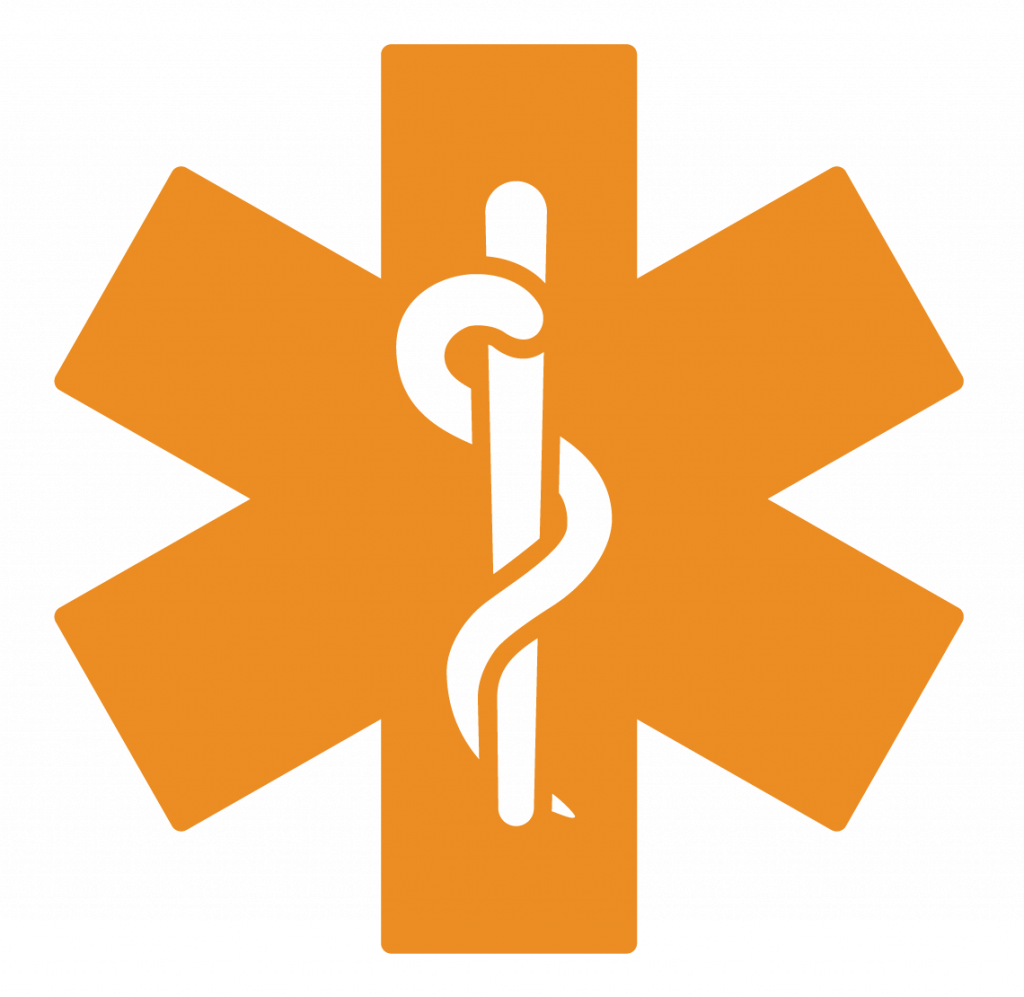To Buy Prelone Online Visit Our Pharmacy ↓
 Recognizing Adrenal Suppression after Stopping Prelone
Recognizing Adrenal Suppression after Stopping Prelone
Spotting Early Warning Symptoms of Adrenal Suppression 🔍
After stopping prednisone or Prelone, many people notice subtle changes—fatigue, lightheadedness, muscle weakness, and cravings for salt. In an engaging clinic anecdote, a patient described waking with dizziness and brain fog; these early signs can signal adrenal suppression and deserve prompt evaluation by a clinician.
Monitor pulse, blood pressure and appetite, and note episodes of nausea or fainting. Teh key is tracking symptom patterns and communicating them quickly. Lab tests may be neccessary, but early recognition often prevents severe crises; don’t hesitate to contact your provider if symptoms intensify today.
Timing and Duration: When Symptoms Typically Emerge ⏳

After stopping a course of prelone, people often expect immediate effects, but adrenal suppression can be stealthy. In my clinic I’ve seen mild fatigue and lightheadedness appear within days, while other signs wait longer to surface.
Symptoms most commonly Occured between one week and six weeks, though some patients only notice trouble with stress or illness months later. The speed depends on dose, duration and individual sensitivity; abrupt cessation raises the chance of symptomatic adrenal insufficiency.
Because timing varies, maintain close follow up and have taper plan or emergency steroid card if advised. If symptoms worsen or fainting happens seek urgent care; otherwise recovery and adrenal recovery testing are often predictable with guided Managment support.
Who’s at Highest Risk after Steroid Withdrawal? ⚠️
Imagine a patient who’s taken prelone for months and tries to stop overnight — their body may not bounce back quickly. People at highest risk tend to be those on high doses or prolonged courses, anyone who stopped suddenly, and patients with prior pituitary or adrenal disease. Children and the elderly are vulnerable because their stress response is blunted, and concurrent medicines that alter steroid metabolism (like strong CYP3A4 inhibitors) raise the odds.
Clinically, these individuals feel profound fatigue, nausea, or dizziness with low-grade fevers when stressors occur. Surgical patients, people with severe infections, and anyone who’s faced recent trauma are especially precarious; adrenal insufficiency can occassionally present subtly and then deteriorate. Clinicians should ask about dose, timing and symptoms, and have a low threshold to test or briefly restart replacement in patients with concerning signs or when risk-benefit is unclear.
Diagnostic Steps: Labs and Stimulation Tests Explained 🧪

After stopping prelone many patients describe fatigue and lightheadedness; clinicians start with morning serum cortisol and plasma ACTH to establish a baseline. These simple labs can identify obvious adrenal insufficiency.
If baseline cortisol is borderline, perform a standard 250 µg cosyntropin stimulation test and measure cortisol at 30 and 60 minutes. A blunted rise confirms HPA suppression; dynamic tests are neccessary sometimes.
Endocrinologists may also order insulin tolerance or metyrapone tests for complex cases, and plan cortisol monitoring over weeks. Patients should recieve clear guidance on stress dosing and follow-up.
Red Flags That Require Immediate Medical Attention 🚨
After stopping steroids like prelone, some people describe an abrupt fog and heaviness that quickly becomes dangerous. If you or a loved one develops sudden fainting, severe dizziness, racing heart with lightheadedness, or unrelenting vomiting and abdominal pain, treat these as medical emergencies. These signs often indicate adrenal crisis: profound low blood pressure, low blood sugar, and dangerously low cortisol levels that can progress rapidly.
Other alarming features include high fever, severe confusion or disorientation, new seizures, or an inability to keep down fluids. Even seemingly subtle changes — persistent weakness, breathlessness on minimal exertion, or a noticable drop in consciousness — should prompt urgent evaluation. Don’t wait for routine appointments: call emergency services or go to the ER so clinicians can check electrolytes, glucose, and start IV steroids and fluids without delay.
Practical Recovery Tips and Tapering Strategies to Follow 🌿
After stopping steroids, many people feel uncertain; I suggest discussing a tailored taper with your clinician so you recieve gradual dose reductions. This helps reduce withdrawal intensity while monitoring symptoms and adjusting pace if needed.
Allow time for recovery; adrenal suppression can be subtle. Track energy, appetite, weight and mood daily. Lifestyle supports — sleep hygiene, gentle activity, and balanced nutrition — gradually ease symptoms and strengthen resilience during the slow rebalancing.
Know when to pause dose changes: dizziness, persistent fatigue or salt cravings cue slowing. Communicate with your provider; a simple symptom log helps clinicians make safer, clearer adjustments during recovery and review labs if needed.
Emergency plans matter: carry steroid identification and know when to seek urgent care for severe weakness, collapse, or unrelenting nausea. Gradual recovery varies; patience, follow-up tests, a supported taper reduce relapse risk and encourage healing. DailyMed — Prelone PubChem — Prednisolone












